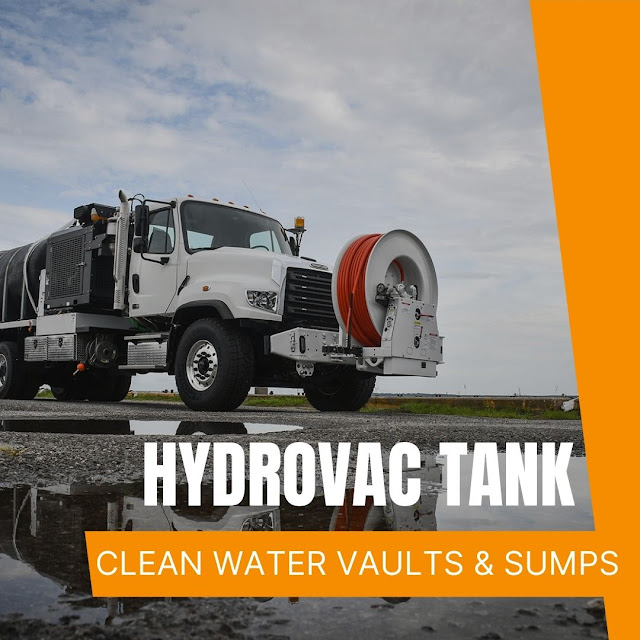Things to Know About Hi-Rail Trucks and Equipment
Hi-rail trucks and equipment are types of dual-mode vehicles and equipment used on roads and railroad tracks. In addition to rubber tires, hi-rail trucks also have a set of flanged steel wheels that, when deployed, allow the vehicle to travel on railways. Hi-rail equipment, such as a hi-rail excavator, has the ability to operate on any terrain. It is outfitted with an undercarriage that has been modified to work on railroad tracks.
After checking to make sure there is no oncoming road traffic, a hi-rail truck is pulled up onto railroad tracks. The wheels are carefully lined up with the rail so the truck can’t be derailed. The rear gear is deployed and the flanges of the hi-rail wheels rest comfortably inside the ball of the rail. The same procedure applies for the front gear.
Bucket trucks are versatile hi-rail trucks outfitted with an aerial work bucket that is raised and lowered using a hydraulic lift system. Bucket trucks equipped with rail gear are used to access upper trusses on railroad bridges. Think “cherry picker” mounted on a hi-rail truck. The buckets typically hold one worker.




Comments
Post a Comment